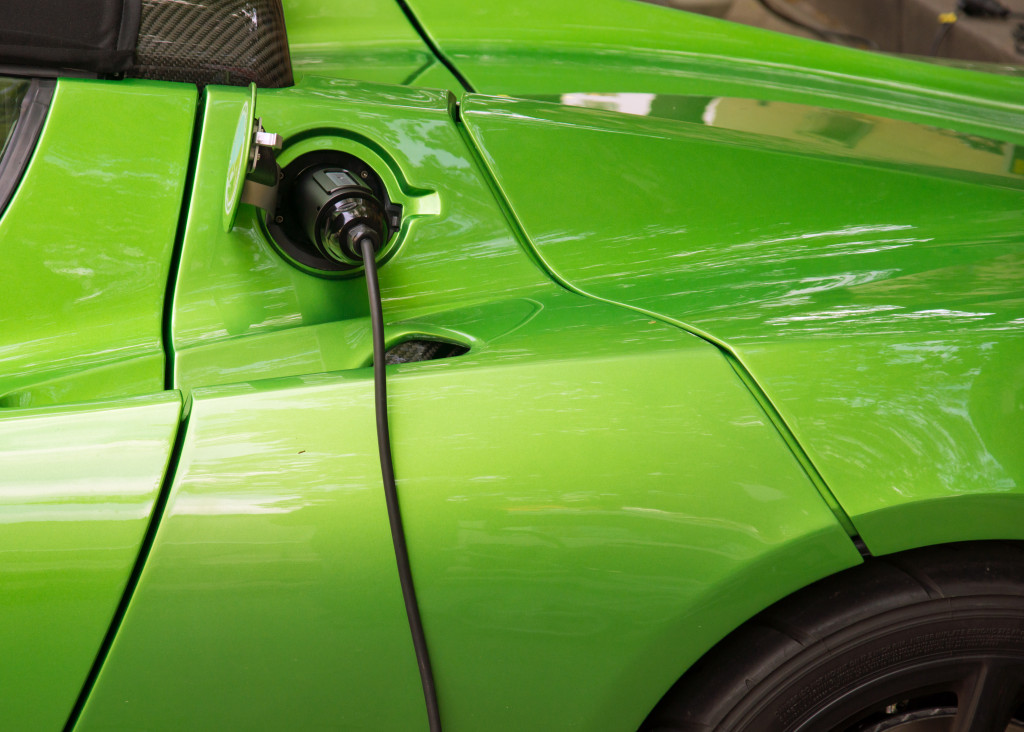It’s pretty clear that this year is the year of electric vehicles. Sales have increased as people have seen the problem when there is a fuel shortage. Furthermore, people have also noticed that climate change has become even more devastating in the last few years. To combat this, people are resorting to EVs.
Electric vehicles are becoming more and more popular as time goes on. They’re a great way to save the environment and are much cheaper to operate than gas vehicles. However, electric cars do have their share of problems. This article will examine five of the most significant issues with electric vehicles.
Few Charging Stations
One of the most significant problems with EVs is that there are few charging stations. This makes it difficult to charge your vehicle when you’re away from home, and it can also be frustrating if there are no charging stations available when you need one.
Right now, there are only 46,000 charging stations in the country. That’s not enough for the growing number of EVs. Furthermore, there’s a huge discrepancy when it comes to different states. For example, the state of Alaska only has 83 charging stations.
Another problem with EVs is that they take a long time to charge. It can often take hours to charge an electric vehicle, which can be inconvenient if you’re in a hurry or need to get somewhere quickly. This increases the need for charging stations drastically.
The Biden administration and Tesla have a plan to install 500,000 charging stations by 2030, but that still might not be enough as more Americans continue to buy more EVs.

Range Anxiety
“Range anxiety” is a term used to describe the fear of running out of charge while driving an electric vehicle. Unfortunately, this is a legitimate concern for many, as EVs often have a shorter range than gas vehicles.
For example, the Chevy Bolt has a range of only 238 miles, while the average gas car has a range of over 350 miles, and that’s just the average. Some gas-powered vehicles can go over 500 miles, a feat only beaten by the Lucid Air, with a staggering price point of $179,000. The short-range of EVs can be frustrating for drivers who are used to being able to drive long distances without having to worry about running out of fuel without spending a fortune on an EV that can go far.
There are ways to combat range anxiety, such as planning your route ahead of time and making sure to charge your vehicle regularly. However, it’s still something many people worry about when driving an EV.
High Upfront Costs
Electric vehicles are often more expensive than gas vehicles. For example, the Tesla Model 3 starts at $35,000, while the Chevy Bolt starts at $37,495. As a result, it can be a deterrent for many people who are looking to switch to an EV.
Federal and state incentives can help offset the cost of an electric vehicle, but they’re not always enough. Incentives can range from $2,500 to $7,500, but they vary depending on your state and the type of vehicle you’re buying.
Older EVs Are Much Harder to Fix
Gas-powered vehicles can last pretty long, with averages reaching 12 years and about 200,000 to 500,000 in mileage. Experts believe that electric cars can last even longer. However, because their parts are harder to find and more expensive, fixing an older EV can be costly.
Gas-powered vehicles have access to so many cheap parts. Furthermore, there are many classic cars on the road right now, most of which was bought 30 years ago. The huge access to classic car restoration parts can make these restorations happen. People can also do the restoration in the comfort of their own homes.
However, this isn’t the same for EVs. EVs have very few parts that people can use to fix and are also very expensive to purchase.
It’s important to note that this problem will eventually go away as EVs become more popular and more companies start making aftermarket parts for them.
High Maintenance Costs
Electric vehicles often have high maintenance costs. It’s because EVs have many complex parts that must be regularly maintained and repaired. For example, EV batteries need to be periodically replaced, which can be a very costly process.
EVs also have regenerative braking systems that need to be regularly maintained. These systems are what help EVs recharge their batteries while driving. However, if these systems aren’t properly maintained, they can become less effective and eventually stop working.
Electric vehicles are a great way to save the environment and reduce your carbon footprint. However, they come with their own set of problems. By taking note of these problems, you can be prepared for them and ensure that your electric vehicle is adequately taken care of.



